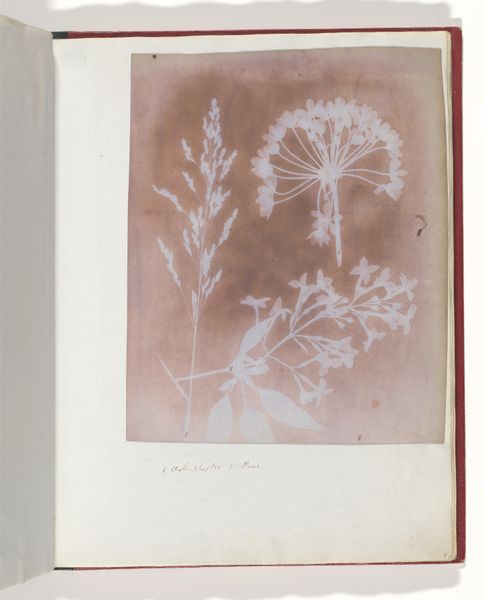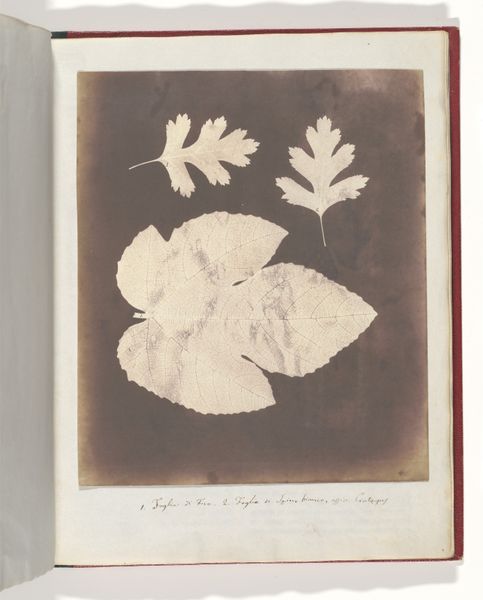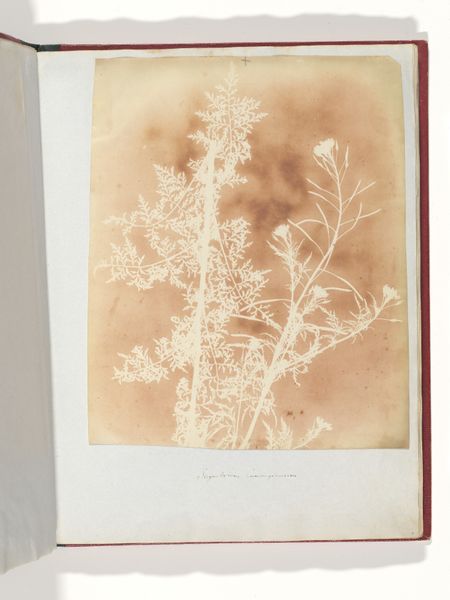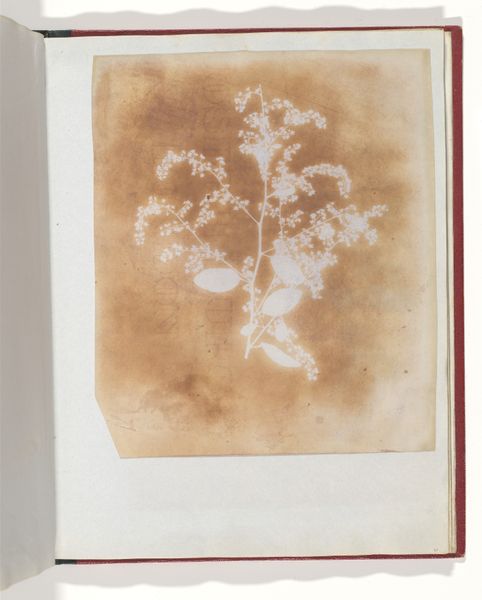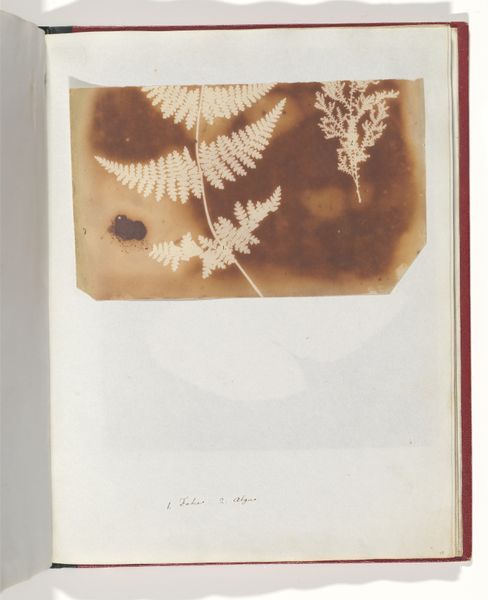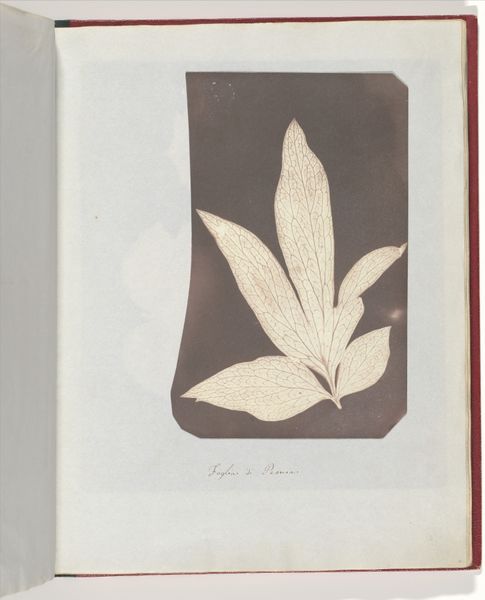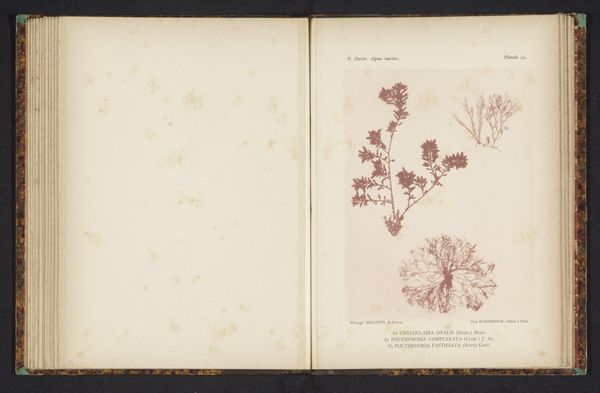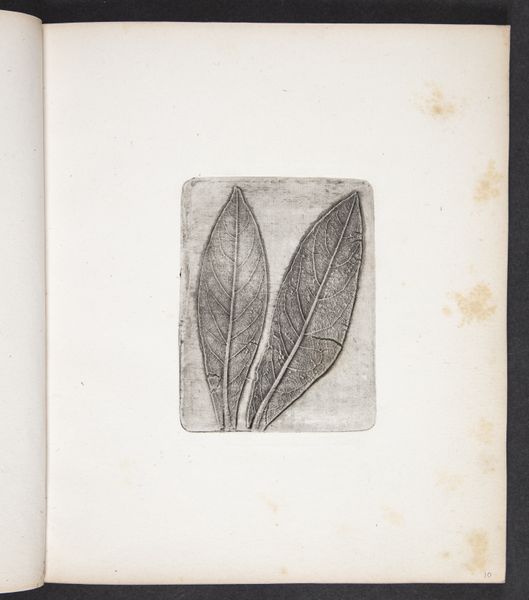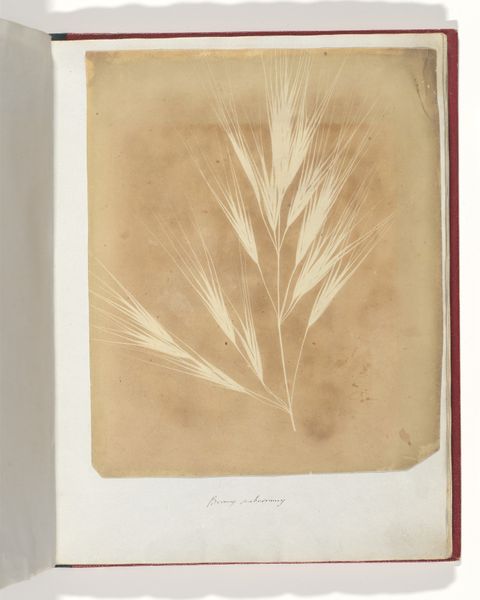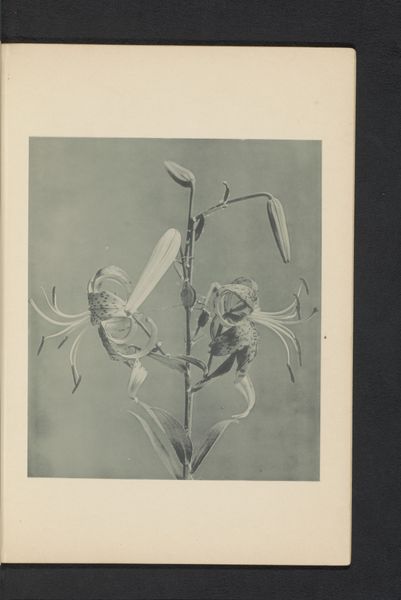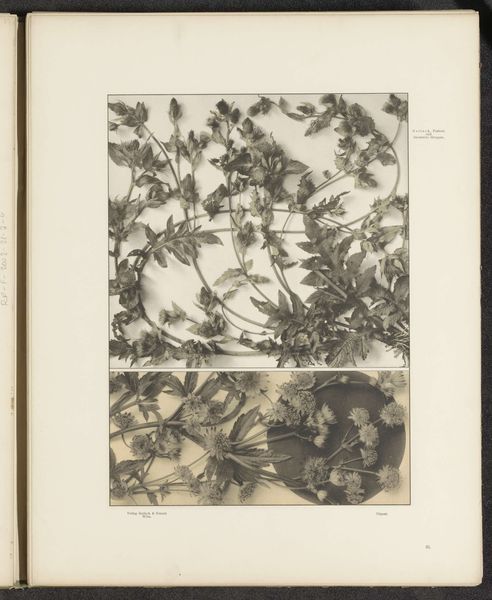
1. Cestrum Parqui. 2. Fiora di una tetradinama. 1839
0:00
0:00
daguerreotype, contact-print, photography
#
toned paper
#
16_19th-century
#
daguerreotype
#
flower
#
contact-print
#
photography
#
romanticism
Dimensions: 17.3 x 17.5 cm (6 13/16 x 6 7/8 in.)
Copyright: Public Domain
Editor: This is “1. Cestrum Parqui. 2. Fiora di una tetradinama.” made in 1839 by William Henry Fox Talbot. It seems to be a photograph with these ethereal flowers against a dark background. The toned paper gives it a beautiful warmth, but it also makes me wonder about the printing process itself. What strikes you most about it? Curator: The critical element to me is the photogenic drawing process used here, a direct contact-print method, one of photography’s earliest forms. Talbot wasn’t just documenting nature; he was experimenting with chemistry and light, pushing the boundaries of what art could be and how it was produced. Think about the labor involved, each print being unique and reliant on specific material conditions. Editor: So, it’s not just about the final image, but about how it was made? Curator: Precisely. We must consider Talbot’s social context as well: How did the rise of industrial production influence his embrace of these technologies? And conversely, how did his process influence and challenge prevailing attitudes about mass production versus unique handmade objects? The choice of materials, the toning process... they all speak to an intersection of scientific investigation and artistic intention, even as the photograph offers us a simple rendering of a botanical subject. Editor: I guess I was focusing too much on the image and not enough on the broader context of its creation. Curator: Consider the historical and geographical reach too: flowers of likely South American origin photographed by a British man… questions arise about how this colonial era intersects with science and aesthetics. Editor: It really changes how I see it now. There's so much more to unpack about materials and labor that contributes to the meaning. Curator: Indeed. By considering these aspects, we see how the production itself becomes part of the art's narrative, forever transforming how we consider value.
Comments
No comments
Be the first to comment and join the conversation on the ultimate creative platform.
